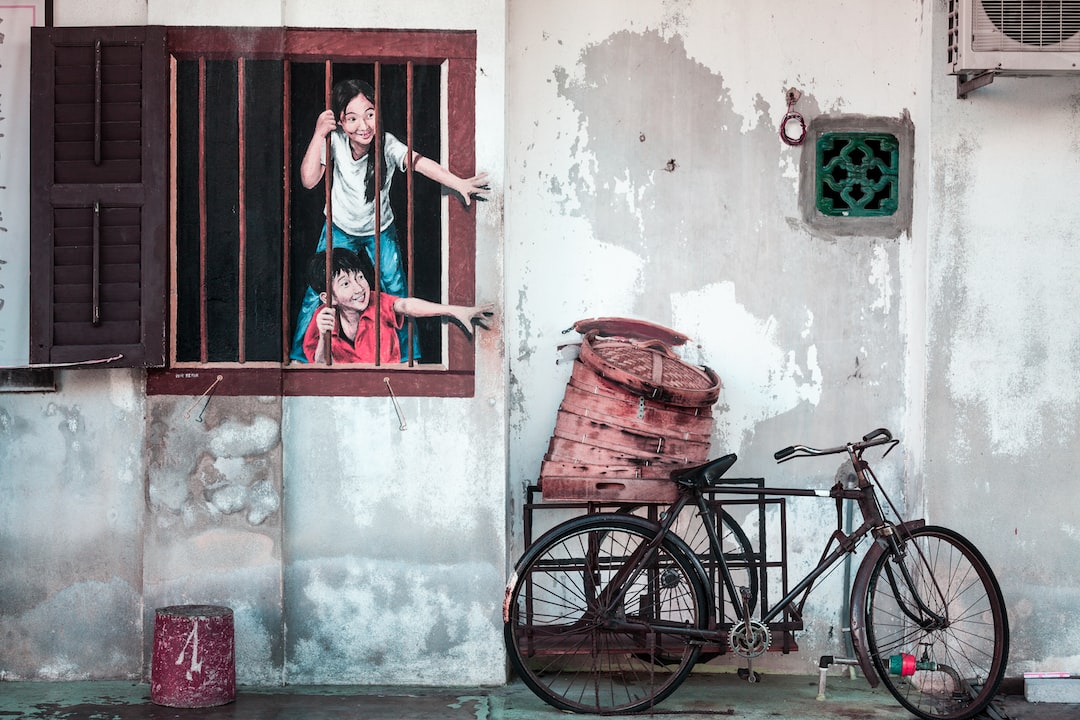The Intersection of Fashion and Art: Exploring the Artistic Side of Haute Couture
When we think of fashion, we often envision glamorous models strutting down the runway in meticulously crafted garments. However, fashion is not merely about clothing; it is an art form that requires creativity and imagination. Haute couture, in particular, showcases the artistic side of fashion, blurring the boundaries between traditional art and clothing design. In this blog post, we will dive into the intersection of fashion and art, exploring the artistic elements of haute couture.
Haute couture, meaning “high sewing” in French, refers to the creation of custom-made clothing that is meticulously handcrafted using the finest materials. It is the pinnacle of fashion design, reserved for elite clientele who appreciate the artistry and craftsmanship that goes into each piece. What sets haute couture apart from ready-to-wear fashion is the emphasis on originality and attention to detail. Each garment is a unique work of art.
At the heart of haute couture lies the artistry of the designer. Like a painter, the designer uses fabric and thread as their medium, creating exquisite pieces that evoke emotion and tell a story. The designer’s vision is brought to life through intricate techniques such as embroidery, beading, and draping, transforming the fabric into a canvas for their creativity. Fashion designers such as Christian Dior, Coco Chanel, and Alexander McQueen are celebrated for their artistic approach to designing couture collections.
One of the most fascinating aspects of haute couture is its ability to draw inspiration from various art forms. Fashion designers often look to paintings, sculptures, and even architecture for inspiration, resulting in collections that blur the lines between fashion and art. For example, Christian Dior’s iconic “New Look” collection from 1947 was heavily influenced by the art of the time, particularly the works of painters such as Salvador Dali and René Magritte. Dior’s designs incorporated their surrealistic elements, creating garments that resembled walking artworks.
Similarly, the late Alexander McQueen is renowned for his ability to fuse fashion with art. His runway shows were often theatrical spectacles, featuring elaborate sets and avant-garde designs that pushed the boundaries of what clothing can be. McQueen’s collections drew inspiration from a wide range of art movements, from cubism to romanticism, resulting in pieces that were both wearable and thought-provoking. His dress made entirely out of fresh flowers showcased the beauty of nature as an art form, while his famous “bumster” trousers challenged traditional ideas of garment construction.
Beyond the designers themselves, the collaboration between fashion and art extends to other creative disciplines. Many prominent artists have been commissioned to create artworks specifically for fashion campaigns or runway shows. Renowned artists such as Andy Warhol, Takashi Murakami, and Jeff Koons have collaborated with fashion houses, lending their unique artistic styles to create visually striking campaigns or limited-edition collections. This collaboration not only elevates the fashion industry but also showcases the symbiotic relationship between fashion and art.
Furthermore, museums and galleries have recognized the artistic value of haute couture, displaying fashion collections alongside traditional art exhibitions. Exhibitions such as the Met Gala in New York and the “Savage Beauty” retrospective of Alexander McQueen’s work at London’s Victoria and Albert Museum have attracted massive audiences eager to appreciate the artistic brilliance behind haute couture. These exhibitions allow visitors to experience fashion as an art form, transcending its utilitarian nature and embracing its artistic potential.
In conclusion, haute couture represents the intersection of fashion and art, where creativity, craftsmanship, and imagination come together to create wearable art. Fashion designers draw inspiration from various art forms, resulting in collections that push the boundaries of what fashion can be. The collaboration between fashion and art extends beyond the designers themselves, involving artists from different backgrounds. Museums and galleries have also recognized the artistic value of haute couture, showcasing fashion collections alongside traditional art exhibitions. By exploring the artistic side of haute couture, we can appreciate the beauty and intricacy behind each garment, solidifying fashion as a legitimate art form.

